 Airdrop Training
Airdrop Training
Race and Ethnicity: Does not Apply
 Airdrop Training
Airdrop Training
 Airdrop Training
Airdrop Training
Antitrust Laws and Lawsuits (Progressive Era)
Arkansas Civil Rights Heritage Trail
Arkansas Historical Quarterly
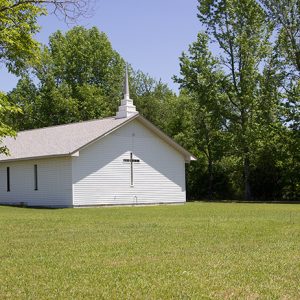 Avilla Baptist Church
Avilla Baptist Church
 B-47 on Ramp
B-47 on Ramp
 B-58 on Ramp
B-58 on Ramp
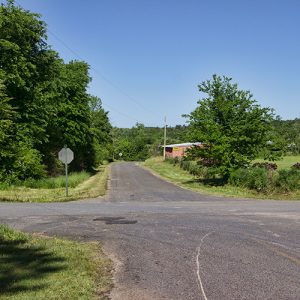 Bear
Bear
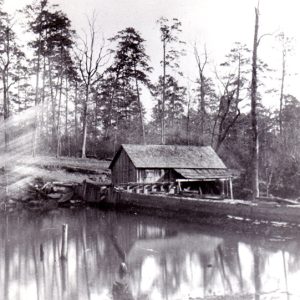 Bear Grist Mill
Bear Grist Mill
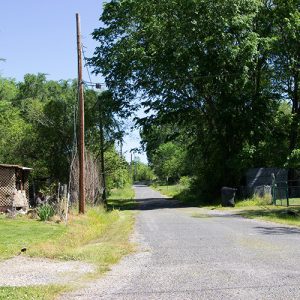 Blakely
Blakely
 Bland
Bland
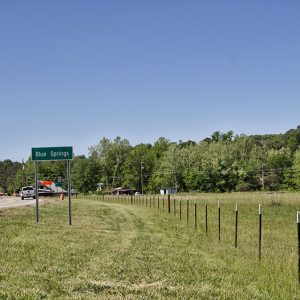 Blue Springs
Blue Springs
Camden Expedition Sites National Historic Landmark
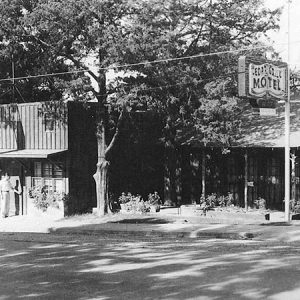 Cedar Grill
Cedar Grill
Cherry Pit, The
Chewaukla Mineral Springs Co.
Chicken War of 1962–1963
City of Fort Smith v. Wade
 Coleman's
Coleman's
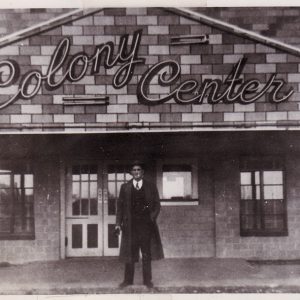 Colony Center
Colony Center
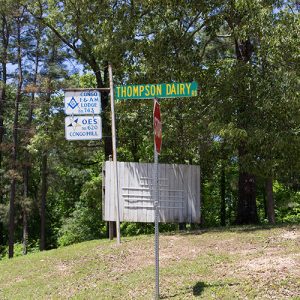 Congo
Congo
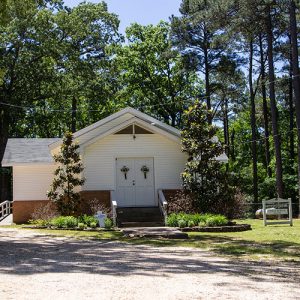 Congo United Methodist Church
Congo United Methodist Church
Congressional Districts
Couch-Marshall House
 Crystal Springs
Crystal Springs
 Crystal Springs
Crystal Springs
 Crystal Springs Marina
Crystal Springs Marina
 Crystal Springs Recreation Area
Crystal Springs Recreation Area
Delta Civil Rights Legacy Trail
Des Arc Schools, Desegregation of
DeWitt Commercial Historic District
Dr. E. P. McGehee Infirmary
Duckett (Howard County)
Duckett Ford (Howard County)
aka: Duckett Crossing (Howard County)
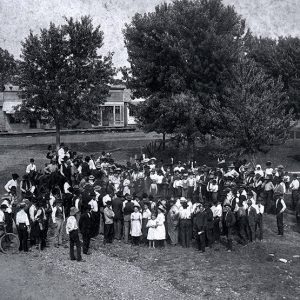 Dumping Moonshine
Dumping Moonshine
 Eclipse Steamboat Article
Eclipse Steamboat Article
Ecumenical Catholic Communion (ECC)
 Emerson Steamboat Article
Emerson Steamboat Article
 Fountain Lake
Fountain Lake
 Fountain Lake
Fountain Lake
 Grape Chapel
Grape Chapel
Greenwood Tornado of 1968
Homestead Act of 1862
 Hustler Hut
Hustler Hut
 Jessieville
Jessieville
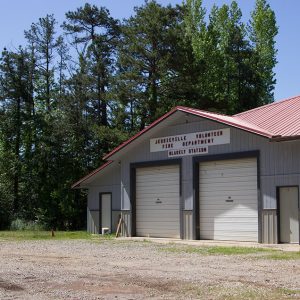 Jessieville Fire Department
Jessieville Fire Department
 Jessieville School
Jessieville School
 Kentucky Baptist Church
Kentucky Baptist Church
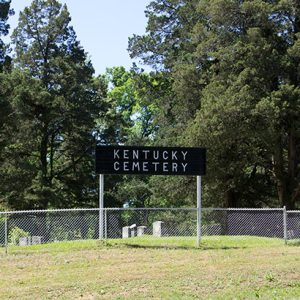 Kentucky Cemetery
Kentucky Cemetery




